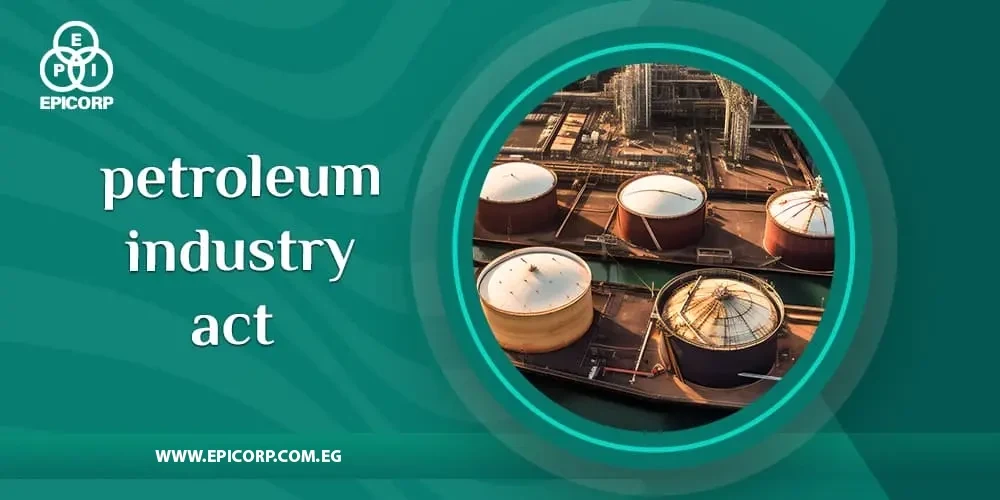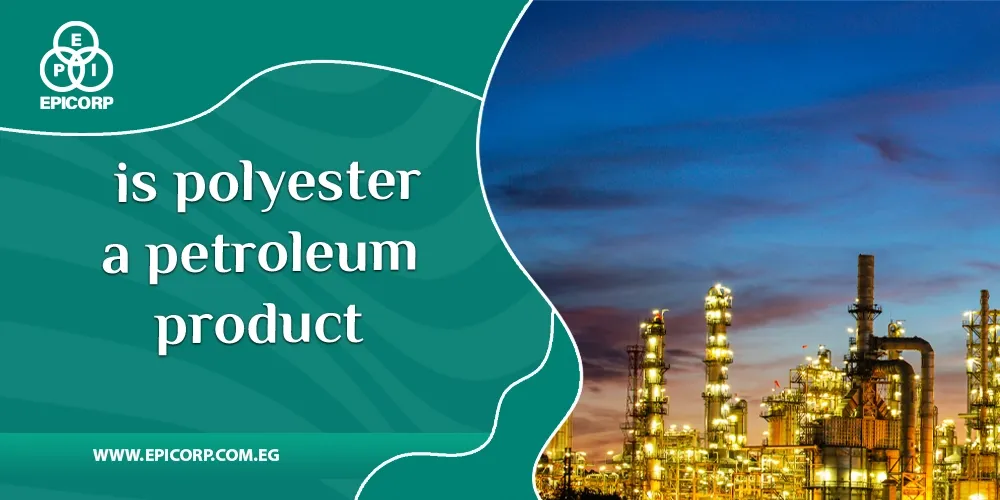Petroleum fractional distillation is a crucial process in refining crude oil, employing the principle of separating components based on their boiling points. This intricate method involves heating crude oil, causing its hydrocarbons to vaporize and then condense at different levels in a fractionating column, resulting in distinct fractions. The process is characterized by three steps: vaporization, fractionation, and collection. Its significance lies in obtaining essential products such as gasoline, diesel, and lubricating oils, vital for powering vehicles and machinery.
Fractional distillation maximizes resource utilization, enhances energy efficiency, and contributes to industrial versatility. In essence, it transforms crude oil into a spectrum of valuable substances that drive our modern world.
Now we will explore the steps and importance of this process
Table of Contents
ToggleWhat is petroleum fractional distillation?
Petroleum fractional distillation is a crucial process in the refining of petroleum, the liquid gold that fuels our modern world. This method separates crude oil into its various components based on their boiling points. As crude oil is a complex mixture of hydrocarbons, ranging from volatile gases to heavy liquids, fractional distillation becomes indispensable for harnessing its diverse applications.
Why is distillation important?
Distillation, in general, is a vital separation technique widely used in various industries, now we will mentions some important aspects of petroleum fractional distillation:
1. Component Separation:
Petroleum fractional distillation plays a crucial role in separating different components within a mixture, allowing for the isolation of specific substances based on their unique properties.
2. Oil Purification:
Also petroleum fractional distillation is instrumental in purifying oil by removing impurities and isolating desirable components, ensuring a higher quality end product.
3. Industrial Substance Production:
Distillation is key to obtaining various industrial substances beyond fuel, contributing to the synthesis of materials crucial for diverse industrial processes.
Read also: Petroleum Industry Definition.
Why can petroleum be separated by fractional distillation?
Petroleum is composed of a mixture of hydrocarbons with varying boiling points. Petroleum fractional distillation takes advantage of these differences, allowing the separation of the components based on their volatility. As the crude oil is heated, these hydrocarbons vaporize at different temperatures, facilitating the isolation of distinct fractions by redistillation of the vaporized oils.
What are the 3 steps in fractional distillation?
Petroleum fractional distillation can be summarized into three processes:
1. Vaporization:
The petroleum is heated to convert it into vapor.
For Example: As crude oil is heated, lighter hydrocarbons with lower boiling points, such as gasoline components, vaporize first.
2. Fractionation:
The vapor is passed through a fractionating column, according to their boiling points, then it cools and condenses into liquid fractions.
For example In the fractionating column, the vaporized components rise, and as they cool, distinct fractions form. For instance, diesel components with slightly higher boiling points might condense at an intermediate level.
3. Collection:
The condensed fractions are collected at different levels of the column, each representing a specific product with a defined boiling point range.
Forexample Different levels of the column correspond to specific products. At a lower level, you might collect the vaporized gasoline, at an intermediate level, diesel, and at a higher level, kerosene. Each collected fraction represents a product with a defined boiling point range.
Briefly, The principle of fractional distillation is based on exploiting differences in boiling points of components in a mixture. As a mixture is heated, substances with lower boiling points vaporize first, rise through a fractionating column, and condense into distinct fractions, allowing for the separation of components based on their volatility.
Get to know: What Is Petroleum Energy
What are the products of fractional distillation?
The primary products obtained through fractional distillation of petroleum include:
Gasoline:
- Boiling Point: Relatively low.
- Fraction: Collected at lower levels in the fractionating column during distillation.
- Purpose: Used as fuel for automobiles due to its volatility.
Diesel:
- Boiling Point: Higher than gasoline but lower than heavier fractions.
- Fraction: Collected at an intermediate level in the fractionating column.
- Purpose: Used to fuel heavy-duty vehicles and machinery.
Read also: Oil Refinery Waste Products.
Kerosene:
- Boiling Point: Higher than gasoline, lower than diesel.
- Fraction: Collected at a higher level in the column.
- Purpose: Used for heating and as aviation fuel due to its higher boiling point.
Lubricating Oils:
- Boiling Point: Considerably higher than previous fractions.
- Fraction: Collected at even higher levels during distillation.
- Purpose: Ensures smooth operation of engines and machinery due to its viscosity and lubricating properties.
Bitumen:
- Boiling Point: Highest among the mentioned products.
- Fraction: Collected at the lowest point of the fractionating column.
- Purpose: Utilized in road construction and waterproofing due to its high viscosity and adhesive properties
Hers’s: What Are The 10 Uses Of Petroleum.
What are the 5 benefits of distillation?
1. Purity:
Distillation produces high-purity substances by separating components based on their boiling points.
2. Resource Utilization:
Maximizes the use of crude oil by extracting various valuable products.
3. Energy Efficiency:
Enables the production of fuels and other essential products with optimal energy efficiency.
4. Industrial Versatility:
Applicable in diverse industries, from petrochemicals to pharmaceuticals.
5. Environmental Impact:
Helps in refining processes to meet environmental standards by reducing impurities in fuels
Read also: Petroleum Refinery In Modern Times.
Conclusion
Petroleum fractional distillation is a cornerstone in the refining process, unlocking the vast potential of crude oil and supplying us with the energy and materials that drive our modern world. Its significance extends beyond fuel production, contributing to the synthesis of numerous products crucial for our daily lives.
Epicorp is a company specializing in petroleum field investments. It focuses on financing and supporting various projects within the petroleum industry, ranging from exploration and extraction to refining and distribution. Their specialization in investments implies a strategic role in contributing to the development and growth of businesses and initiatives within the broader petroleum sector.
FAQ
Why is fractional distillation better?
Fractional distillation is superior to simple distillation because it allows for the separation of a broader range of components within a mixture
Can oil be separated by filtration?
No, crude oil cannot be effectively separated by filtration due to its complex mixture of hydrocarbons with similar molecular sizes.



